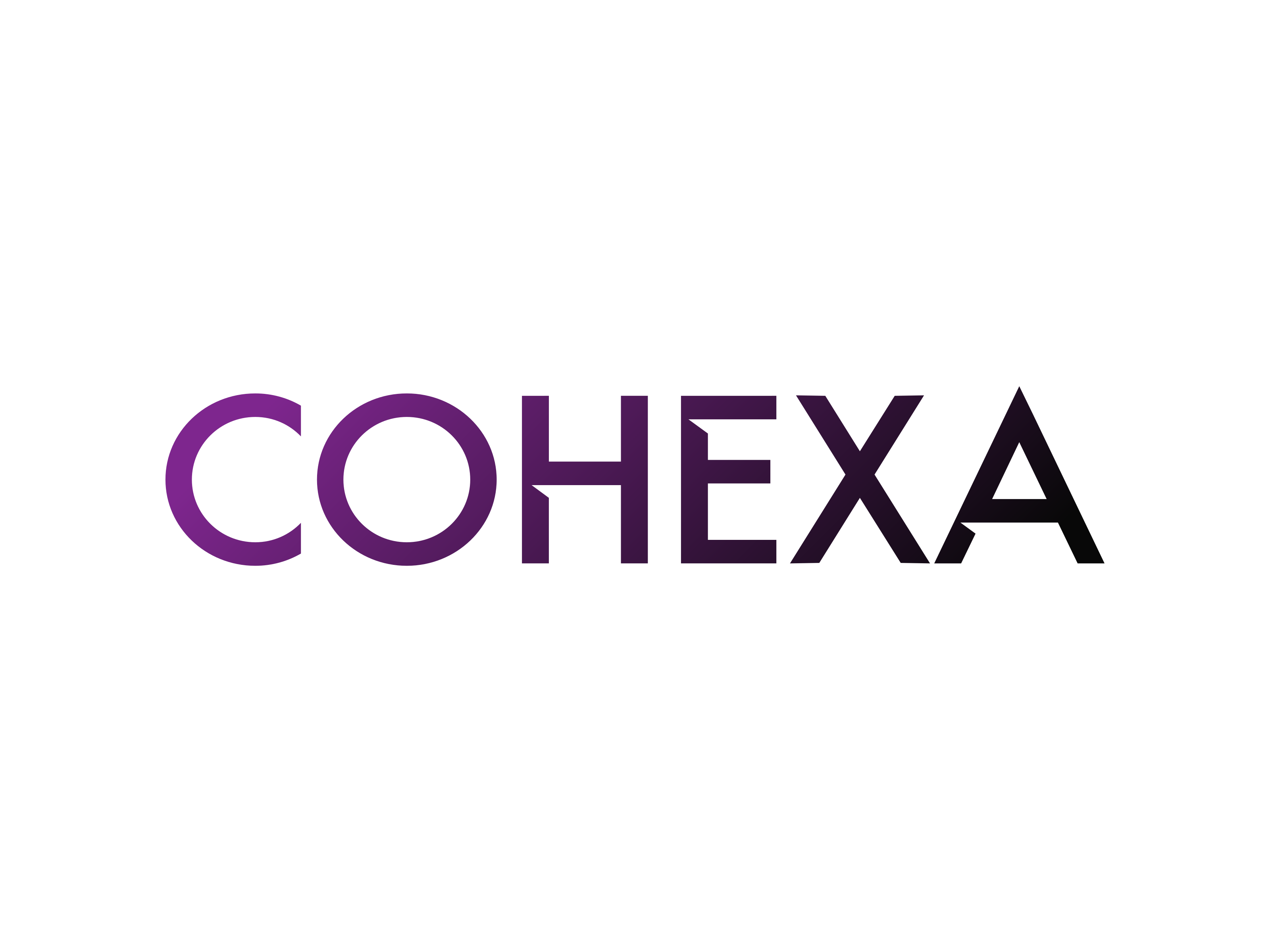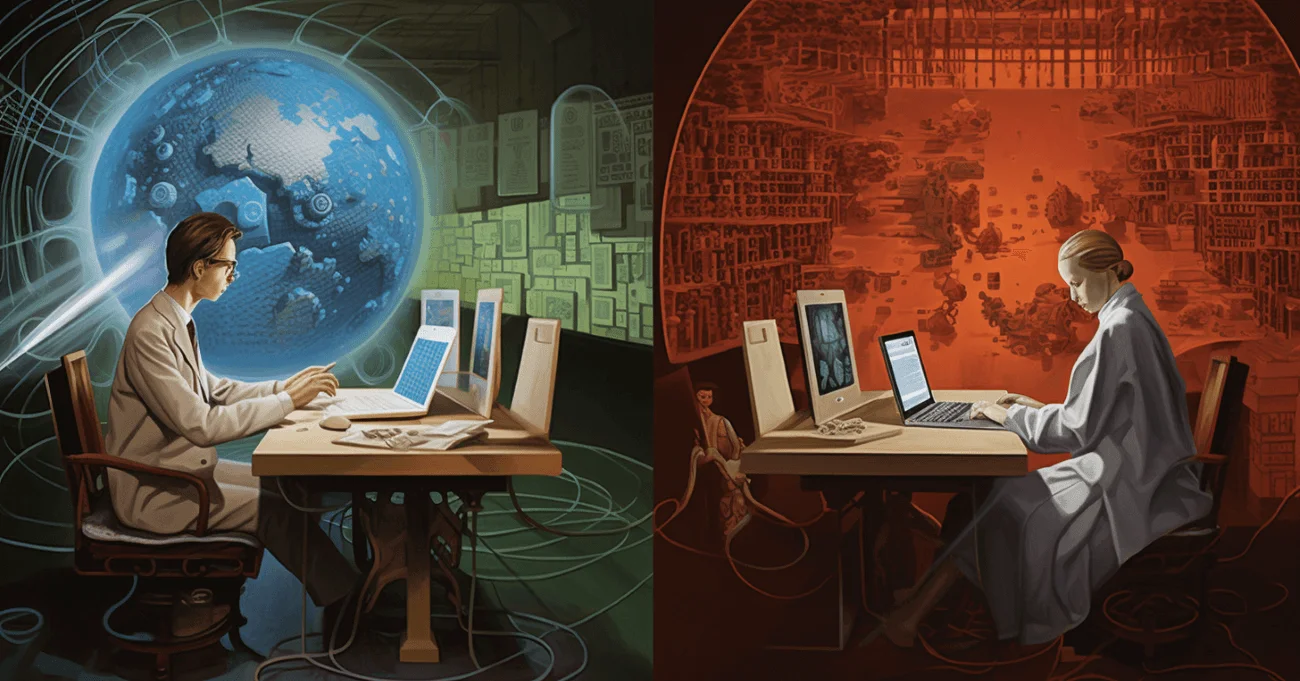The healthcare industry is rapidly embracing new technologies like the Internet of Things (IoT) and mobile computing to enhance patient care and outcomes. This convergence revolutionizes healthcare informatics by improving clinical workflow efficiency, care coordination, patient engagement, and population health management.
https://www.youtube.com/watch?app=desktop&v=RxDb1mqNWrI

The Global Internet of Things in the Healthcare Market is expected to reach $606.7 billion by 2028, rising 16.5% CAGR during the forecast period.
IoT enables data exchange through connected devices, which healthcare utilizes for data collection, research analysis, and monitoring electronic records containing protected health information to improve patient outcomes.
https://open.epic.com/Interface/HL7v2
A significant driver of this transformation is the regulatory push towards greater health data interoperability and exchange facilitated by the Office of the National Coordinator for Health Information Technology. Initiatives like the 21st Century Cures Act and interoperability/information blocking rules incentivize healthcare organizations to adopt standardized APIs and modern computing architectures (ONC, 2020). This enables seamless, secure data sharing between disparate health IT systems and third-party apps.
Epic’s EMR system, one of the nation’s most widely used, is at the forefront of leveraging these technologies to optimize care delivery. For example, UCLA Health integrated IoT devices like Apple Watches into Epic EMR using HealthKit APIs to monitor patients’ vital signs remotely. This improved care efficiency, patient satisfaction, and hospital finances. Epic customers can integrate IoT medical devices like wearables, remote monitors, and sensors with the EMR using Epic’s Apple HealthKit and FHIR-based APIs. This gives clinicians comprehensive, up-to-date patient data at their fingertips to enhance clinical decision-making and response times.
David Higginson, executive vice president and chief innovation officer at Phoenix Children’s Hospital had this to say about innovations in healthcare delivery. “There are a lot of audiences to satisfy,”. “The enthusiasm and the acceptance of change are energizing as is the impact you see on family members’ faces. All that technology stuff is fun, but innovation really gets the brain working’’. Higginson became chief operating officer in 2018, then CIO (innovation) in 2020. Under his leadership, Phoenix Children’s has become one of the nation’s top children’s hospitals.
Likewise, Epic’s mobile app platform enables patients to securely access their health records, communicate with providers, schedule appointments, fill prescriptions, and more. Features like AI chatbots and Alexa Skills allow mobile users to interact conversationally with their EMR data. Indeed, a recent Healthcare Information and Management Systems Society (HIMSS) survey found that mobile health apps significantly improve patient satisfaction and engagement.

Beyond engaging individuals, mHealth and IoT integration in platforms like Epic helps health systems manage population health more efficiently. Analytics of aggregated EMR, claims, and socioeconomic data better identify at-risk groups for targeted care coordination interventions. Telehealth and remote patient monitoring facilitated by wearables and sensors reduce hospital readmissions and enable earlier diagnosis and treatment.
That is why ONC is ramping up its interoperability and information-blocking rules enforcement while the Food and Drug Administration guides managing vulnerabilities for connected medical devices. Epic also proactively addresses these concerns by joining industry data standardization initiatives like the Argonaut Project and integrating medical device security assessment into its development process.

Additionally, emerging technologies like blockchain promise to manage secure health data exchange across disparate systems. Blockchain’s decentralized architecture and cryptographic access controls could facilitate interoperability while maintaining patient privacy. Pilot programs are already exploring blockchain integration with EMRs and health information exchanges.
Integrating IoT, mHealth, and advanced EMR systems like Epic is a game-changer for optimizing care delivery and coordination. However, regulatory oversight and continued industry collaboration are imperative to ensure this data exchange happens securely and responsibly. The health informatics field will play a crucial role in bridging the gap between emerging technologies and patient privacy to realize the full potential of this healthcare transformation.


